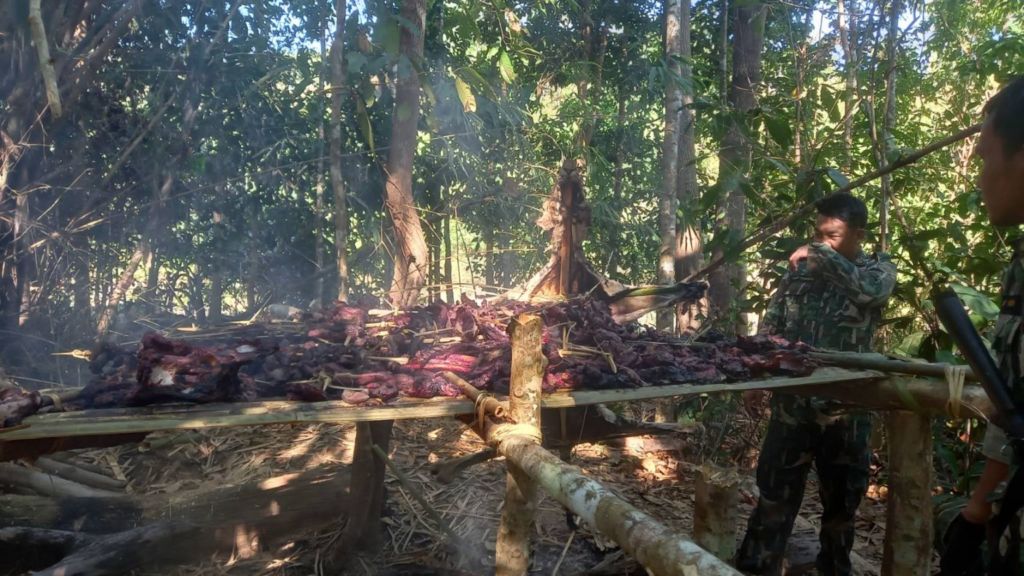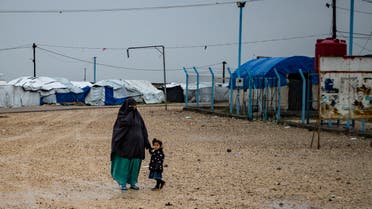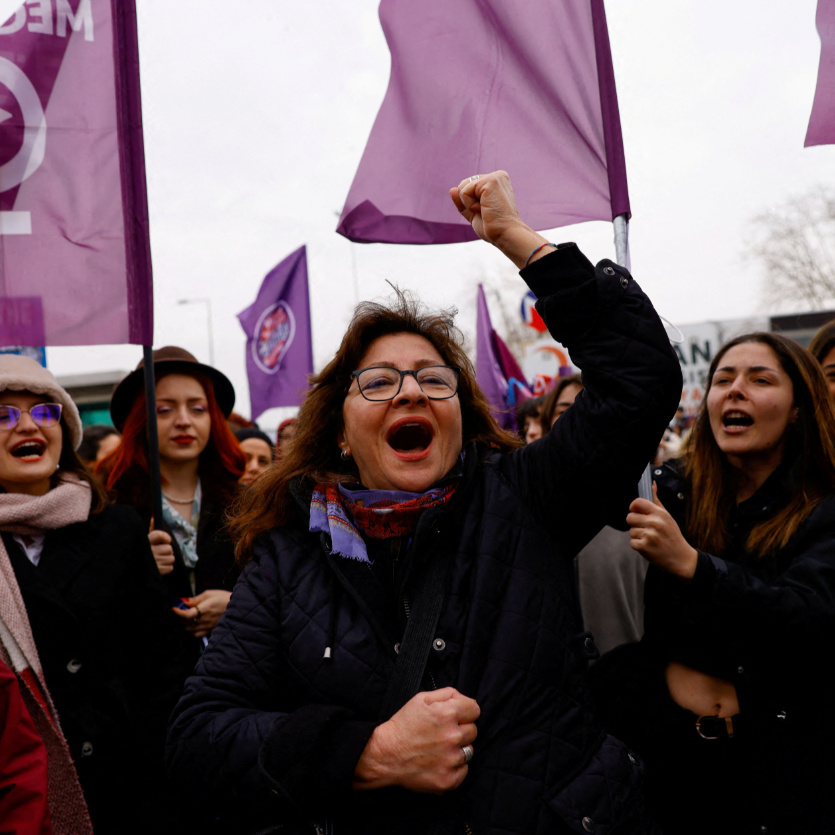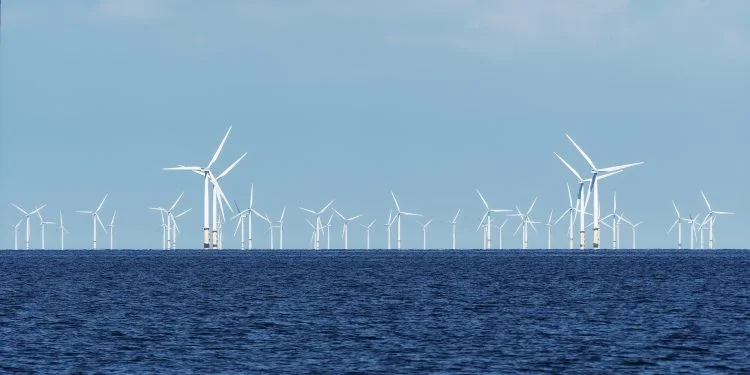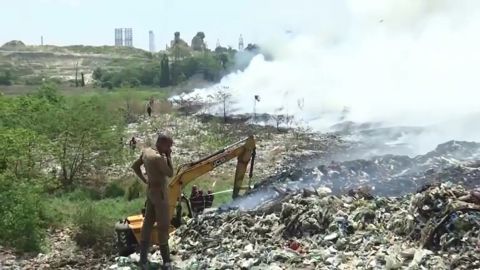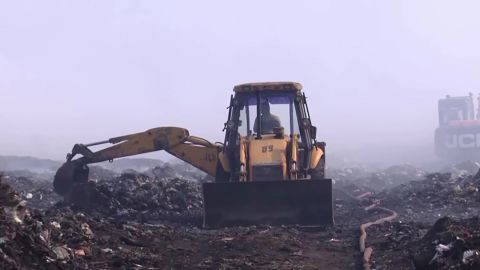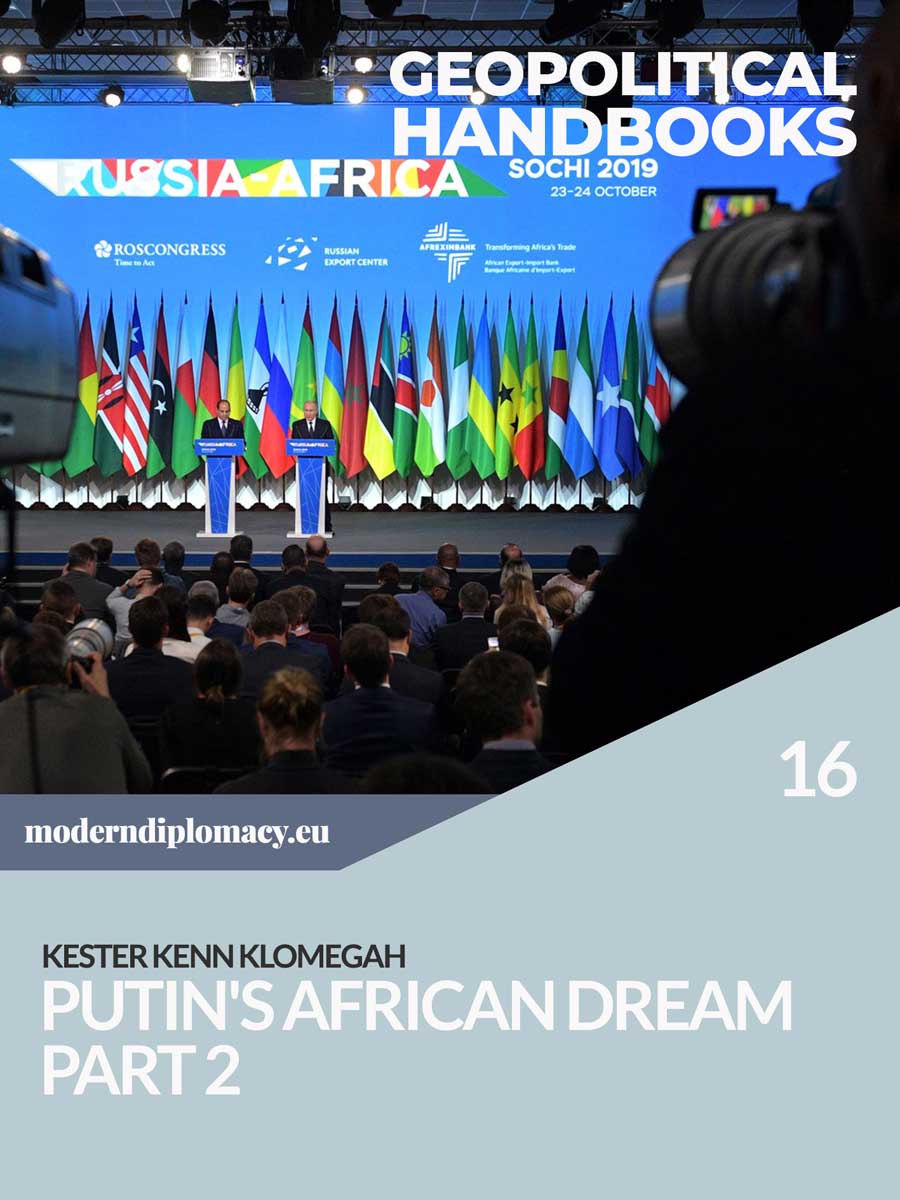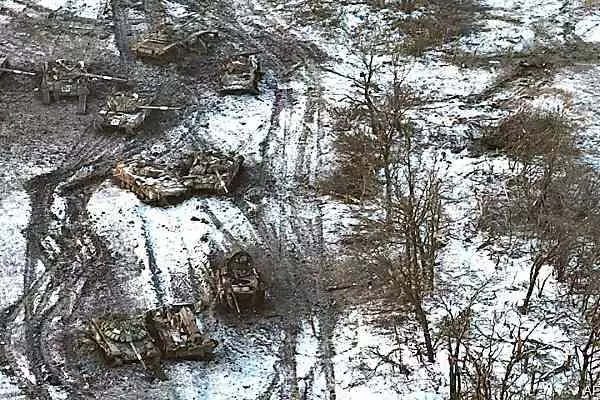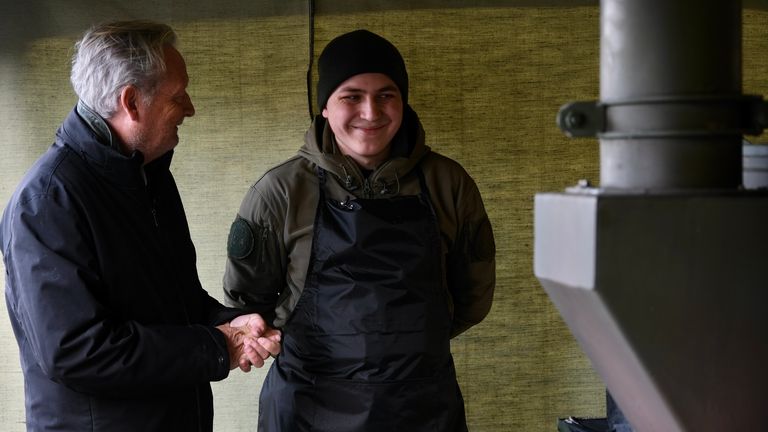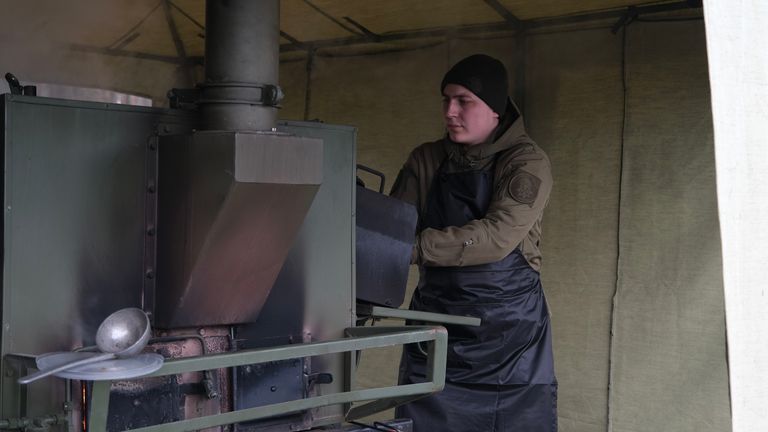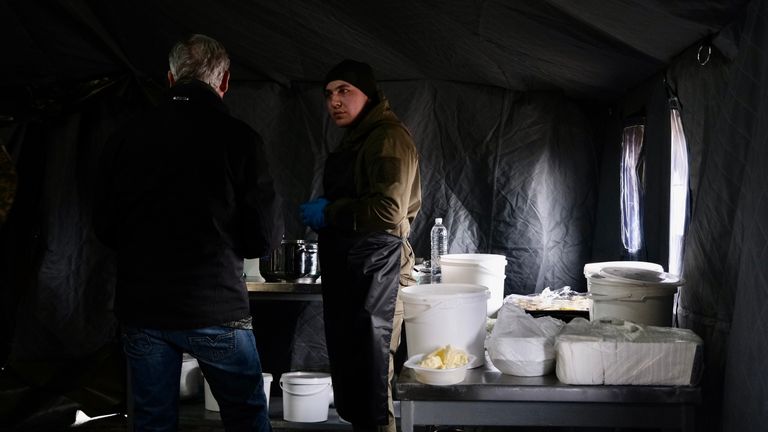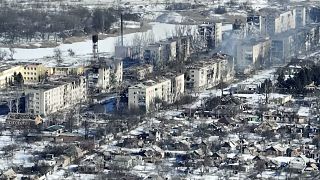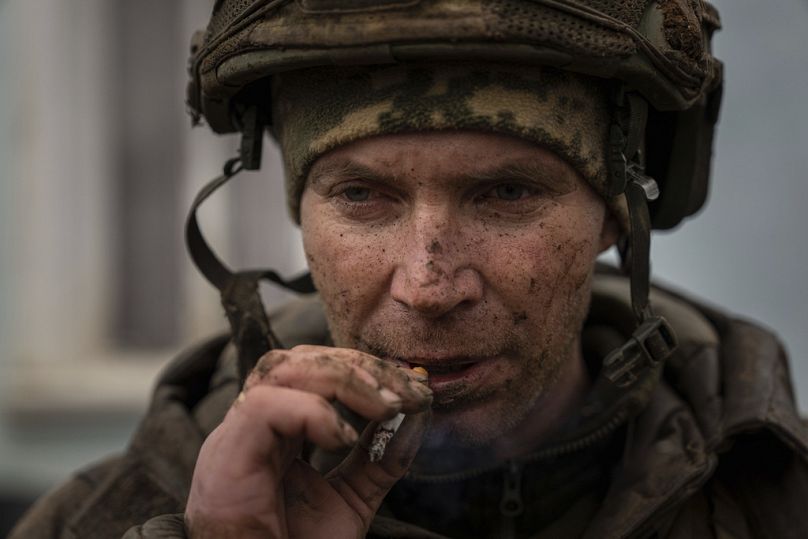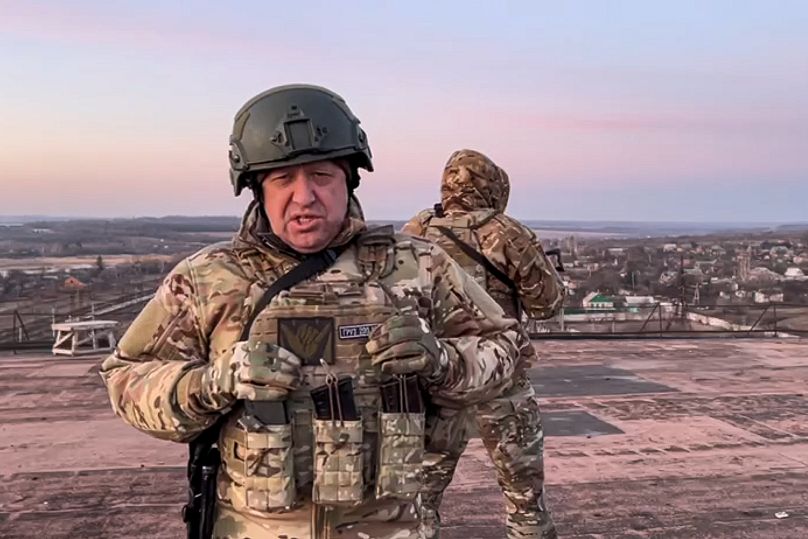China urges Japan not to arbitrarily discharge nuclear-contaminated water
VIENNA, March 6 (Xinhua) -- Two Chinese officials on Monday urged Japan not to arbitrarily start discharging nuclear-contaminated water from the Fukushima Daiichi nuclear power station into the Pacific Ocean.
Liu Jing, deputy director of the China Atomic Energy Authority, told a meeting of the International Atomic Energy Agency (IAEA) Board of Governors that Japan's nuclear-contaminated water discharge plan is not the country's private matter, but concerns the global marine environment and public health.
Liu said the IAEA has neither completed its assessment of Japan's disposal plan nor drawn specific conclusions, and all its three reports published so far pointed out the plan's non-compliance with the agency's safety standards and suggested improvement.
However, Japan has arbitrarily approved its own plan and expedited the construction of discharge facilities, ignoring the authoritative advice from the IAEA and the opposition from both home and abroad, Liu said, calling Japan's move "an extremely irresponsible act that has drawn grave concerns from the international community and relevant countries."
Noting that China supports the IAEA's work on Japan's discharge plan, the Chinese nuclear official said he hopes the agency will continue to perform its duties in an objective and impartial manner, listen to the opinions of stakeholders, strictly implement the agency's safety standards and international good practices, and help the international community ensure absolute safety.
Liu stressed that Japan's plan to dump contaminated water into the ocean is not the only feasible way of disposal, and Japan should not use the assessment from the IAEA technical task force as a free pass on its discharge plan.
He urged Japan not to distort the reports of the IAEA task force to justify its discharge plan, nor ignore the authoritative suggestion from the task force, nor set a deadline for the release of the task force's final assessment report.
Noting that the disposal of the contaminated water will span a long time and involve many uncertainties, he said that Japan should allow effective international supervision on the water disposal, address the legitimate concerns of its neighbors and Pacific island countries, and hold meaningful consultations with stakeholders.
Li Song, China's permanent representative to the United Nations in Vienna, also decried Japan's "extremely irresponsible act" of pushing ahead with its discharge plan despite international opposition.
Li urged Japan to respond to the concerns of the international community and refrain from arbitrarily discharging contaminated water into the ocean.
Such water disposal is a highly controversial issue that needs to be seriously and prudently addressed by the international community and IAEA member states, the Chinese envoy said.
Instead of endorsing Japan's discharge plan, the IAEA should maintain its scientific, impartial and transparent approach and lead the establishment of a long-term international monitoring system that involves laboratories and experts from China and other stakeholders, he said.
China will participate in the relevant work of the IAEA with a strong sense of responsibility, Li said.

